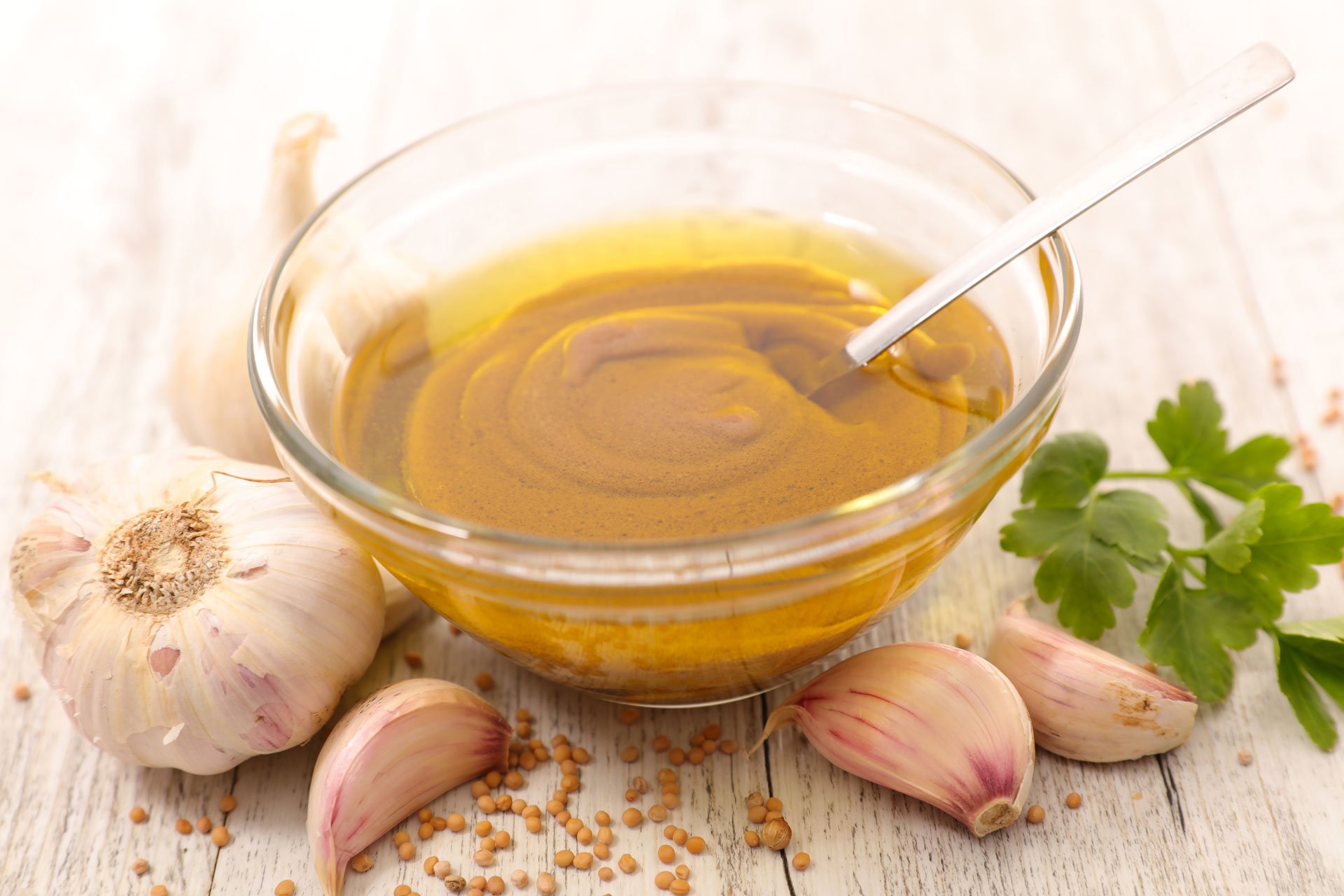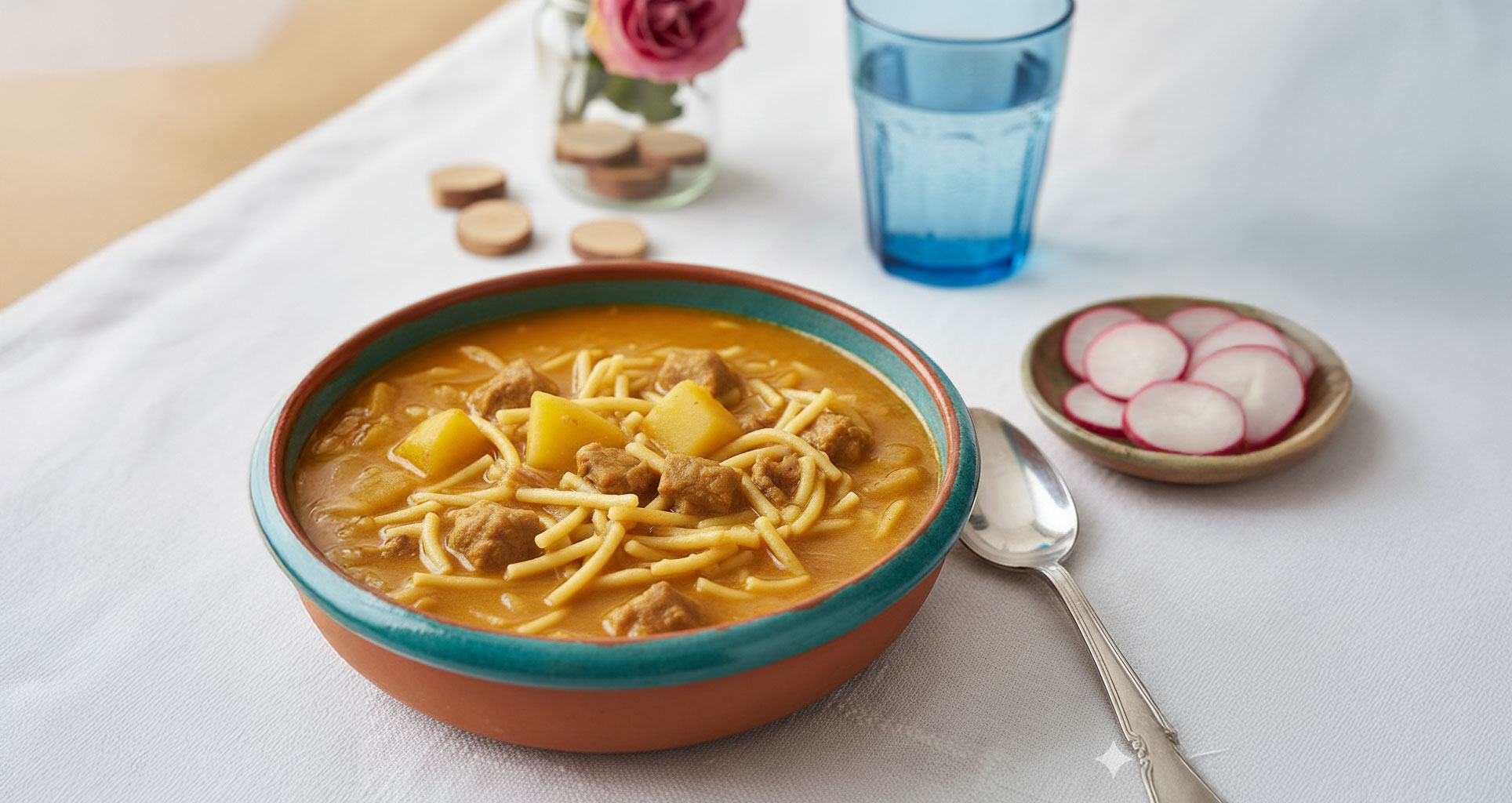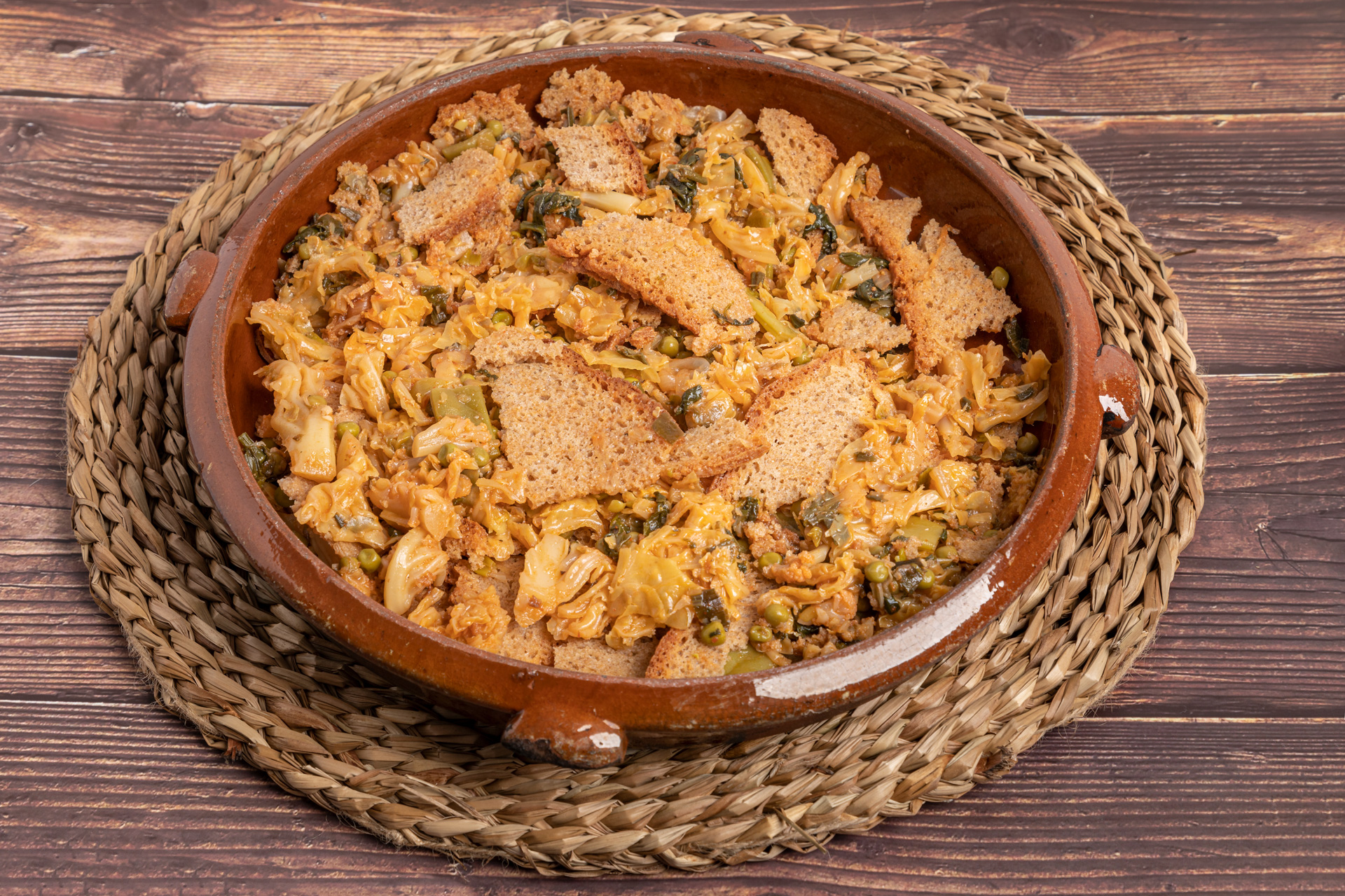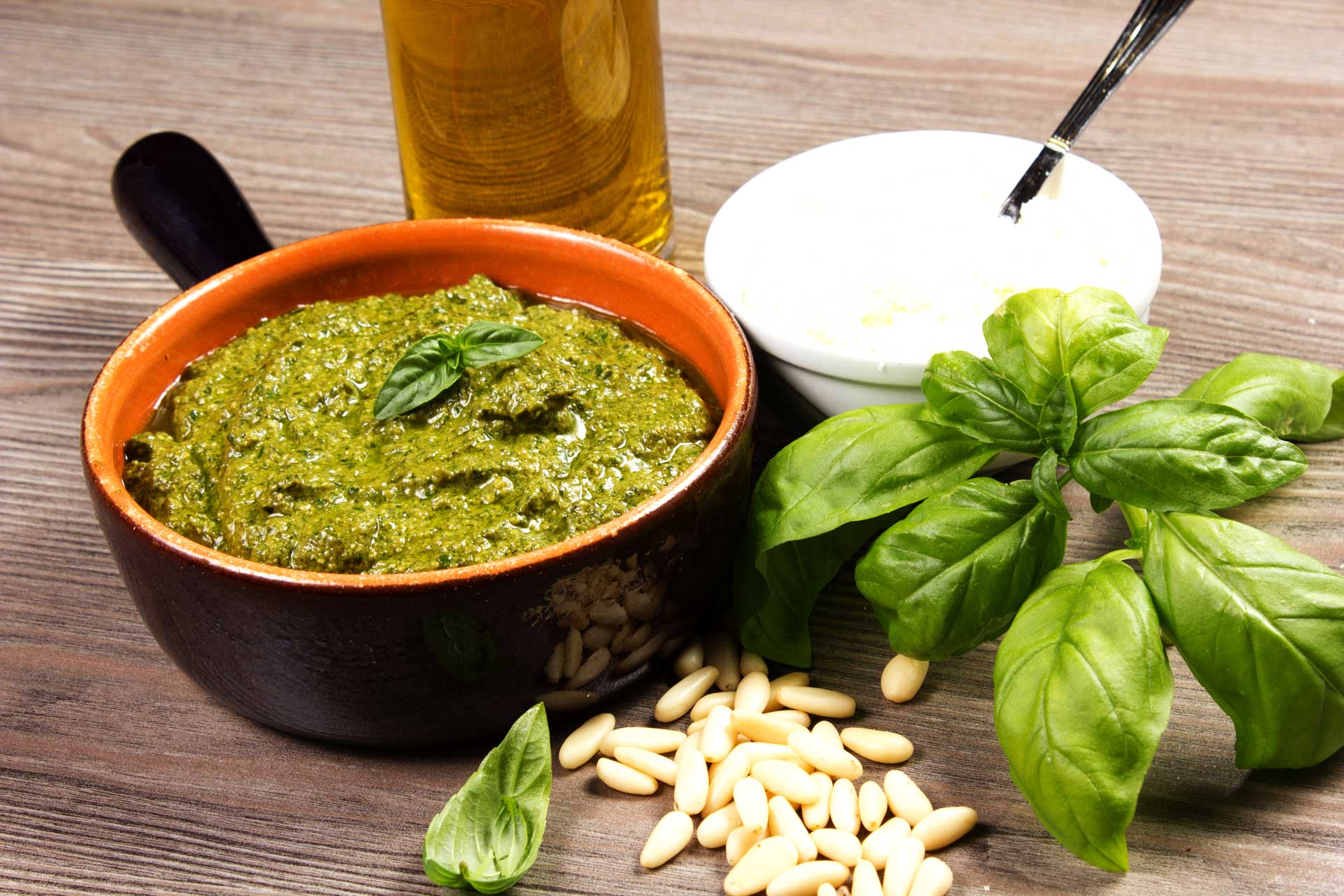Vinaigrette recipe (I)
Vinaigrettes are versatile dressings that can transform salads, meats, fish and even roasted vegetables. A basic vinaigrette usually combines oil, acid (such as vinegar or lemon juice), salt and pepper, but the possibilities for customizing and enriching its flavor are virtually endless;
We hope you find among these, your vinaigrette recipe.
Contenidos / Contents
Basic concepts
The classic proportion is 3 parts extra virgin oil to 1 part acid (vinegar), but this can be adjusted according to personal taste and intended use.
The vinegar is usually balsamic, red wine, apple or even lemon or lime juice. Each brings its own character to the vinaigrette.
Adding fresh or dried herbs (such as oregano, basil, thyme) and spices can completely transform a vinaigrette. A touch of honey or even a little jam can balance the acidity.
Minced garlic, shallots, red onion or even dijon mustard can add depth and complexity.
Uses of vinaigrettes
As marinades: Vinaigrettes are excellent for marinating meats or fish, adding flavor and helping to make them more tender.
As salad dressings: Perfect for green, pasta, grain or even fruit salads.
As sauces for cooked dishes: They can be used as a light sauce for meat, fish or roasted vegetables.
Popular vinaigrette recipes
We are going to work with three different types of vinaigrettes. The first, balsamic vinaigrette, is perfect for salads with leafy greens, roasted vegetables, and can even be an excellent marinade for meats. The key is the quality of the ingredients, especially the olive oil and balsamic vinegar, which are the protagonists of this dressing.
Secondly, we propose a lemon and herb vinaigrette, an ideal option for green salads, pasta salads, roasted vegetables or even as a dressing for chicken or fish. The freshness of lemon and herbs brings a light and healthy touch to any dish.
Thirdly, mustard vinaigrette is ideal for salads with leafy greens, roasted vegetables, or even to dress meats before cooking. Its balance between acid, sweetness and the intense flavor of mustard makes it a very appreciated and versatile dressing in the kitchen.
Balsamic vinaigrette
Balsamic vinaigrette is one of those classic recipes that can transform a simple salad into a gourmet delight. Here is a step-by-step guide to prepare it.
Ingredients
- 3/4 cup extra virgin olive oil
- 1/4 cup balsamic vinegar
- 2 teaspoons honey (you can adjust according to your sweetness preference)
- 1 garlic clove, finely chopped
- Salt and pepper to taste
Instructions
- In a medium bowl, combine the balsamic vinegar and honey. Stir well until honey is completely dissolved.
- Stir in the minced garlic. This ingredient adds a touch of flavor and depth to the vinaigrette.
- While whisking constantly with a whisk, slowly add the olive oil. This action is key to create an emulsion. You should see the mixture thicken and become more homogeneous.
- Taste the vinaigrette and adjust the flavor with salt and pepper. Remember that the vinaigrette should feel a little spicier in the bowl than it will taste in the salad.
- If you prefer a thinner vinaigrette, you can add a little water or more balsamic vinegar. If you want a sweeter touch, add a little more honey.
- You can use the vinaigrette immediately or store it in an airtight jar in the refrigerator. Before using, be sure to shake it well to mix any ingredients that may have settled.

Lemon and herb vinaigrette
Lemon and herb vinaigrette is a refreshing and aromatic option that enhances any salad or vegetable dish. Here we explain how to prepare it in a simple and delicious way.
Ingredients
- 1/2 cup extra virgin olive oil
- 1/4 cup fresh lemon juice
- 1 teaspoon lemon zest
- 2 tablespoons chopped fresh herbs (such as parsley, cilantro, basil, or a mixture of them)
- 1 garlic clove, finely chopped
- Salt and black pepper to taste
Instructions
- In a small bowl, mix the lemon juice and olive oil. This forms the base of your vinaigrette.
- Stir in the lemon zest and chopped fresh herbs. The lemon zest will add an intense citrus flavor, while the fresh herbs will add a touch of freshness and flavor.
- The minced garlic adds depth and a slight spiciness to the vinaigrette. Be sure to chop it finely so it is evenly distributed.
- Add salt and pepper to taste. Remember that the flavors should be a little more intense in the bowl, as they will be diluted when mixed with the salad.
- Whisk the mixture vigorously with a whisk or fork to emulsify the ingredients. This helps the oil and lemon juice blend well, creating a smooth, even texture.
- Taste the vinaigrette and adjust the flavors as needed. You can add more salt, pepper, lemon juice or herbs, according to your preference.
- Use the vinaigrette immediately or store in an airtight jar in the refrigerator. If it settles, simply shake well before using.

Mustard Vinaigrette
Mustard vinaigrette is a versatile and delicious sauce, ideal for salads, marinades or even as a dressing for meats and vegetables. Here’s how to prepare it.
Ingredients
- 1/4 cup white wine vinegar or cider vinegar
- 1 tablespoon Dijon mustard
- 1 teaspoon honey or sugar (optional, to balance acidity)
- 3/4 cup extra virgin olive oil
- Salt and pepper to taste
- 1 finely chopped or pressed garlic clove (optional)
- Finely chopped herbs (optional, such as parsley, dill or tarragon)
Instructions
- In a medium bowl, combine the vinegar and Dijon mustard. The mustard not only adds flavor, but will also help emulsify the vinaigrette.
- If you prefer a vinaigrette with a sweet touch, add a teaspoon of honey or sugar. This is optional and depends on your taste preferences.
- While whisking constantly with a whisk or fork, slowly add the olive oil in a steady stream. Continue whisking until the mixture emulsifies and thickens slightly.
- Add salt and pepper to taste. It is important to taste and adjust seasoning as needed.
- If you decide to use garlic and herbs, incorporate them now. The garlic will add depth of flavor, while the fresh herbs will add a touch of freshness and color.
- Continue whisking until all ingredients are well combined and the vinaigrette has a smooth, uniform consistency.
- Taste the vinaigrette and make final flavor adjustments if necessary. You can add more vinegar for more acidity, more mustard for intensity, or more oil if you prefer it milder.
- Use the vinaigrette immediately or store in an airtight jar in the refrigerator for up to a week. If it separates, simply shake well before using.








